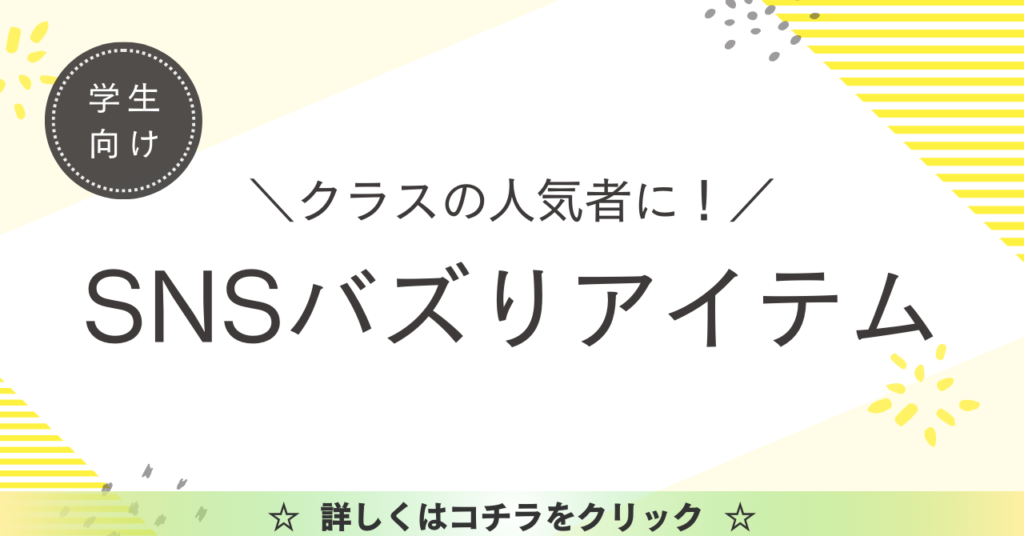東京書籍 中学2年生 NEW HORIZON(ニューホライズン) Unit5 Read & Think2の本文の日本語訳と重要箇所の解説です。
Unit5-1,5-2とRead & Think1の解説はこちらからご覧ください。
>中2NEW HORIZON Unit5 Scene1 本文和訳
>中2NEW HORIZON Unit5 Scene2 本文和訳
>中2NEW HORIZON Unit5 Read & Think1 本文和訳
- Unit5 Read & Think2 本文と日本語訳
- Unit5 Read & Think2 重要事項の解説
- Who is the father of universal design?
- Ronald Mace, an American professor, is the father of universal design.
- He was in a wheelchair from childhood, and often had a difficult time.
- So he looked for ways to make a better society for disabled people.
- In the 1970s, people started to remove barriers for disabled people, but Ronald had a different idea.
- He wanted to remove barriers for everyone.
- He thought that we often become disabled as we get old.
- It is important to know that there are different people in our society.
- In the 1980s, he founded the Center for Universal Design, and spread his idea to the world.
- We can all do something to help others.
- Do you have any ideas?
- Unit5 Read & Think2 まとめ
Unit5 Read & Think2 本文と日本語訳
Who is the father of universal design?
「ユニバーサルデザインの生みの親は誰ですか?」
Ronald Mace, an American professor, is the father of universal design.
「アメリカの教授であるロナルド・メイスがユニバーサルデザインの生みの親です。」
He was in a wheelchair from childhood, and often had a difficult time.
「彼は幼少期から車いすに乗っていて,しばしば難しい時期を過ごしていました。」
So he looked for ways to make a better society for disabled people.
「だから彼は障害がある人にとってより良い社会を作るための方法を探しました。」
In the 1970s, people started to remove barriers for disabled people, but Ronald had a different idea.
「1970年代に,人々は障害がある人のために障壁を取り除き始めましたが,ロナルドは違うアイディアを持っていました。」
He wanted to remove barriers for everyone.
「彼はみんなのために障壁を取り除きたかったのです。」
He thought that we often become disabled as we get old.
「年を取るにつれて,しばしば身体障害を抱えるようになると彼は考えていました。」
It is important to know that there are different people in our society.
「社会には様々な人がいることを知るのは重要です。」
In the 1980s, he founded the Center for Universal Design, and spread his idea to the world.
「1980年代に,彼は”the Center for Universal Design”を設立し,彼の考えは世界に広がりました。」
Now many people think that it is a great idea.
「今,多くの人はそれが素晴らしい考えだと思っています。」
We can all do something to help others.
「私たちは全員,他者を助けるために何かをすることができます。」
Do you have any ideas?
「あなたは何か考えがありますか?」

Unit5 Read & Think2 重要事項の解説
Who is the father of universal design?
“father”は「父」の他に「生みの親」という意味もありますよ。
“universal”は「世界中の,万人の」という形容詞で,“design”は「デザイン,設計」という名詞ですが,合わせて「ユニバーサルデザイン」でOKですね。
Ronald Mace, an American professor, is the father of universal design.
“Ronald Mace”と“an American professor”は「同格語」になります。“名詞,名詞”の並びは「同格語」の可能性が高いですよ!
“professor”は「(大学の)教授」という名詞です。
He was in a wheelchair from childhood, and often had a difficult time.
“childhood”は「子どもの頃,幼少期」という名詞になります。
“have a time”で「時を過ごす」といった意味で,“difficult”は「難しい」という形容詞ですね。
“often”は「よく,しばしば」という意味の頻度を表す副詞です。他には“usually(普段は)”,“always(いつも)”,“sometimes(時々)”,“never(絶対にない)”などがあります。
頻度の感覚としては,always(100%)>usually(90%)>often(70%)>sometimes(50%)>never(0%)といった具合になります。
また,頻度を表す副詞はどこに置くのかも重要です。置く位置は,文章で使われている動詞によって変化します。
一般動詞の場合はその前,be動詞の場合はその後ろに置きます。以下に例文を挙げておきます。
一般動詞:I usually play soccer on Saturdays.「土曜日にたいていサッカーをする」
be動詞:He is often sleepy.「彼はよく眠そうにしている」
So he looked for ways to make a better society for disabled people.
“so”は接続詞で「だから」という意味です。“look for~”は「を探す」という重要表現になりますね。
“way”は「道,方法」,“society”は「社会」という名詞で,“disabled”は「障害のある」という形容詞になります。
また,“to make”は「不定詞の形容詞的用法」になっていて,直前の“ways”を修飾していますよ。
“better”は“good”の「比較級」として使われていて,“than”はありませんが「(今よりも)より良い社会」という意味になっています。
In the 1970s, people started to remove barriers for disabled people, but Ronald had a different idea.
西暦に”s”を付けると「~年代」という意味になります。
また,千と百の位をアポストロフィにして書く表現もあります。例えば「1990年代」なら” ’90s “となります。
“remove”は「を取り除く,除外する」といった動詞で,“barrier”は「障壁」という名詞になります。
また,“to remove”は「不定詞の名詞的用法」になっていますよ。
“different”は「異なった,様々な」という形容詞ですね。
He wanted to remove barriers for everyone.
“want to 動詞の原形”で「~したい」という重要表現です!
「不定詞の名詞的用法」と一緒に確認しておきましょう。
“everyone”は「みんな」という名詞ですね。
He thought that we often become disabled as we get old.
この文では「接続詞that」が使われていますね。
また,この文の“as”は接続詞で「~するにつれて」という意味になります。
“get 形容詞”で「~(という状態)になる」という意味です。
It is important to know that there are different people in our society.
この文では「It to構文」が使われていますね。
“important”は「重要な,大切な」という形容詞です。
また“know”の後ろには「接続詞that」があり,“that”以下は「there構文」になっていますよ。
In the 1980s, he founded the Center for Universal Design, and spread his idea to the world.
“found”は「を設立する」という動詞です。過去形・過去分詞形は“ed”を付けるだけです。
“find(を見つける)”の過去形“found”と同じスペルですが,意味は全然違うので要注意ですよ!
“spread”は「を広める」という動詞で,過去形・過去分詞形も同じ形です。
We can all do something to help others.
“all”が主語にかかる場合は,助動詞・be動詞の後ろか一般動詞の前に置くことができます。
“something”は「何か」という代名詞,“other”は「他の人」という名詞になります。
また,“to help”は「不定詞の副詞的用法」になっていますよ。
Do you have any ideas?
“anyは「いくつかの,何か」という意味で,たくさんはないけど複数あることを意味します。日本語訳するときは訳さないことも多いです。
そして“any”の後ろには,数えられる名詞(可算名詞)と数えられない名詞(不可算名詞)のどちらも置くことができます。
また,「何か」という意味では“any”は肯定文のときには使えず,疑問文の場合は代わりに“some”を使います。
肯定文で”any 単数名詞”で使うと「どんな~でも」という意味になりますよ!
Unit5 Read & Think2 まとめ
以上がUnit5 Read & Think2の日本語訳となります。
ここでは「It to構文」や「不定詞」を使った表現が多く使われていますね。しっかり理解していきましょう!
>中2NEW HORIZON Unit5 Scene1 本文和訳
>中2NEW HORIZON Unit5 Scene2 本文和訳
>中2NEW HORIZON Unit5 Read & Think1 本文和訳
何か分からない点や他に解説してほしい点があれば,お気軽にコメントしてください!




コメント